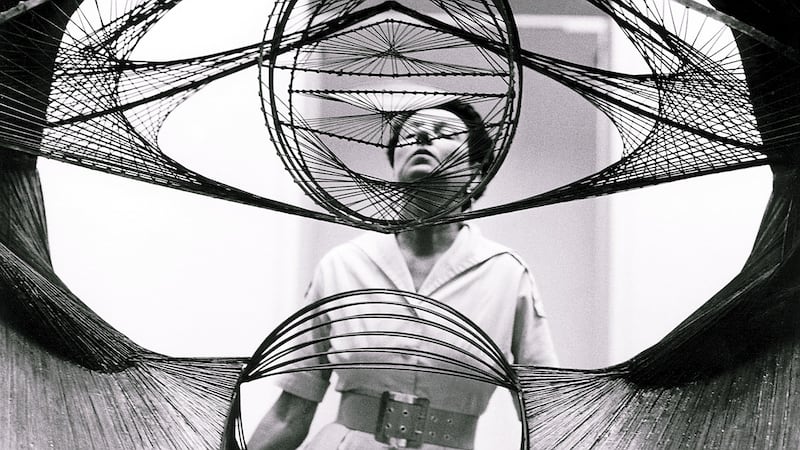Lisa Immordino Vreeland moves on from Diana Vreeland: The Eye Has to Travel, her documentary on her grandmother-in-law, to a comprehensive study of the woman who helped introduce America to modern art. Every corner has been probed. We begin with Peggy Guggenheim's early life as a Manhattan heiress (her father famously died on the Titanic) and then to Paris where she moved among a delicious array of the century's most formative talents. She heard Joyce sing traditional songs. She met Gertrude Stein, Pablo Picasso and Salvador Dali.
When asked what question he would put to her, Diego Cortez, the no wave curator, replies: “How was Samuel Beckett in bed?” Cortez does not seem to be as sound on gender as we might have hoped, but his query does help confirm that she inhabited the innermost circle of High Bohemia.
It seems she began collecting contemporaneous art as a hobby. She had a keen eye, good advisors and a canny attitude to money. By the 1950s, her New York gallery was a nirvana for the new movements. Guggenheim was instrumental in launching Jackson Pollock and acted as a patron for the dripper during his rising years.

Vreeland structures her film around a series of taped interviews (long thought lost) that Guggenheim gave to her biographer Jacqueline Bograd Weld. The chipped patrician voice talks us through a life that seems characterised by insecurity. There were many lovers. She suffered some spousal abuse. No one man seems to have connected satisfactorily with an inaccessible psyche. Still, she forged a singular career at a time when women collectors were regularly patronised.
The director does not stint on the talking heads. John Richardson and Marina Abramovic hold forth. Robert De Niro gives his best performance for years as a famous actor talking about his artist parents.
For all that, this is another biographical documentary that fails to escape the meat-and-potatoes PBS style of film-making. It’s worth seeing in the cinema, but it will lose little on TV.










